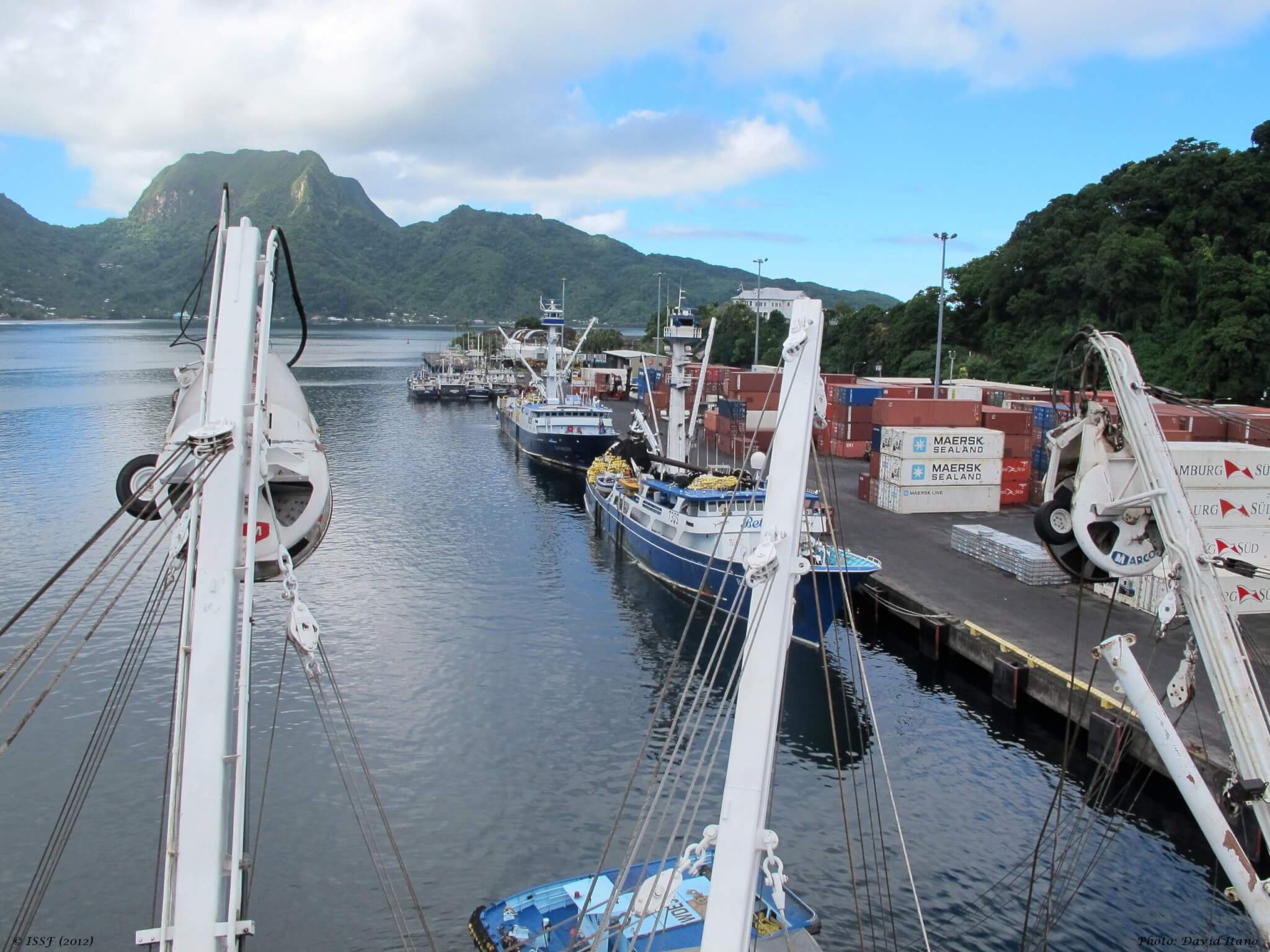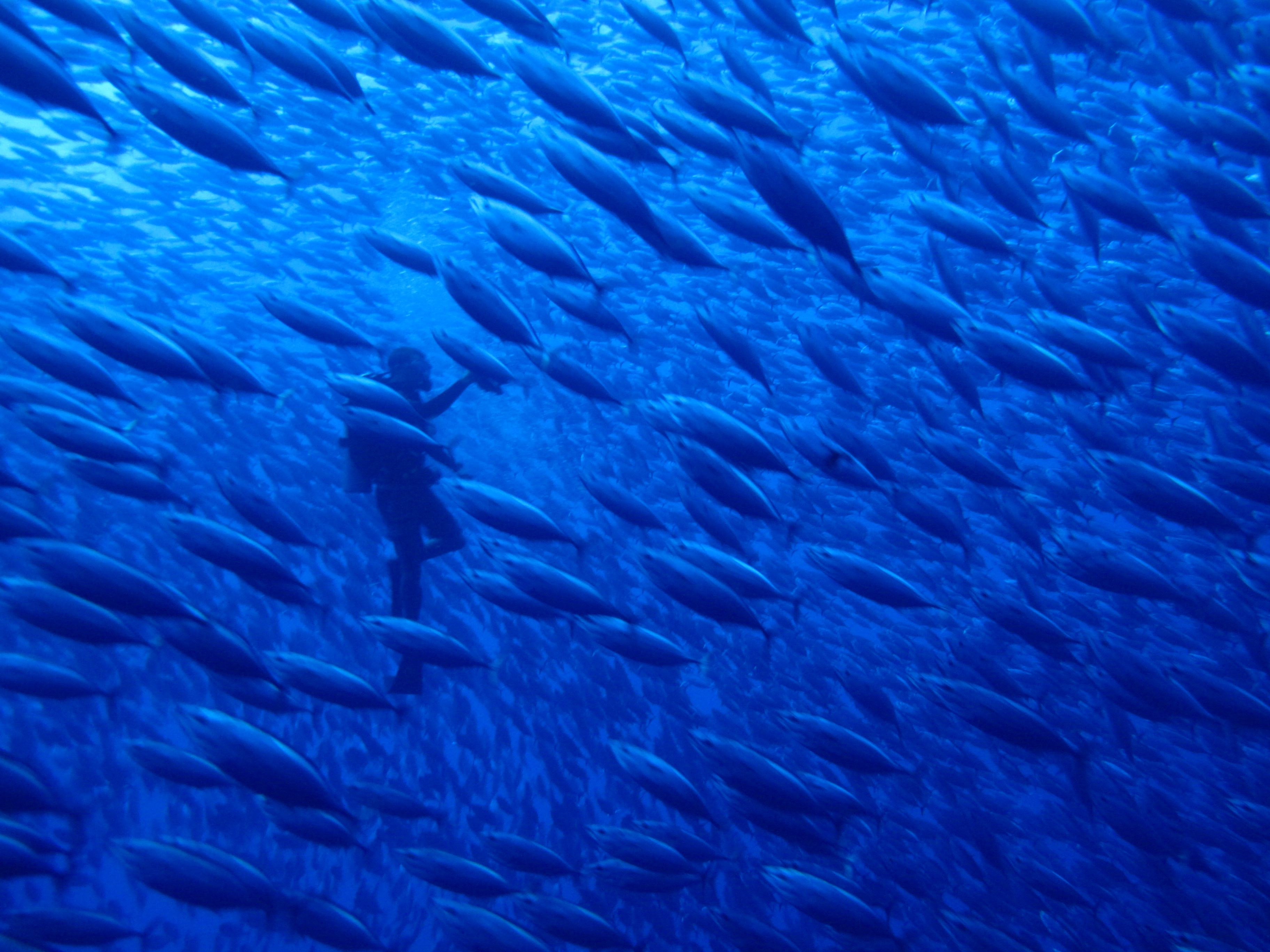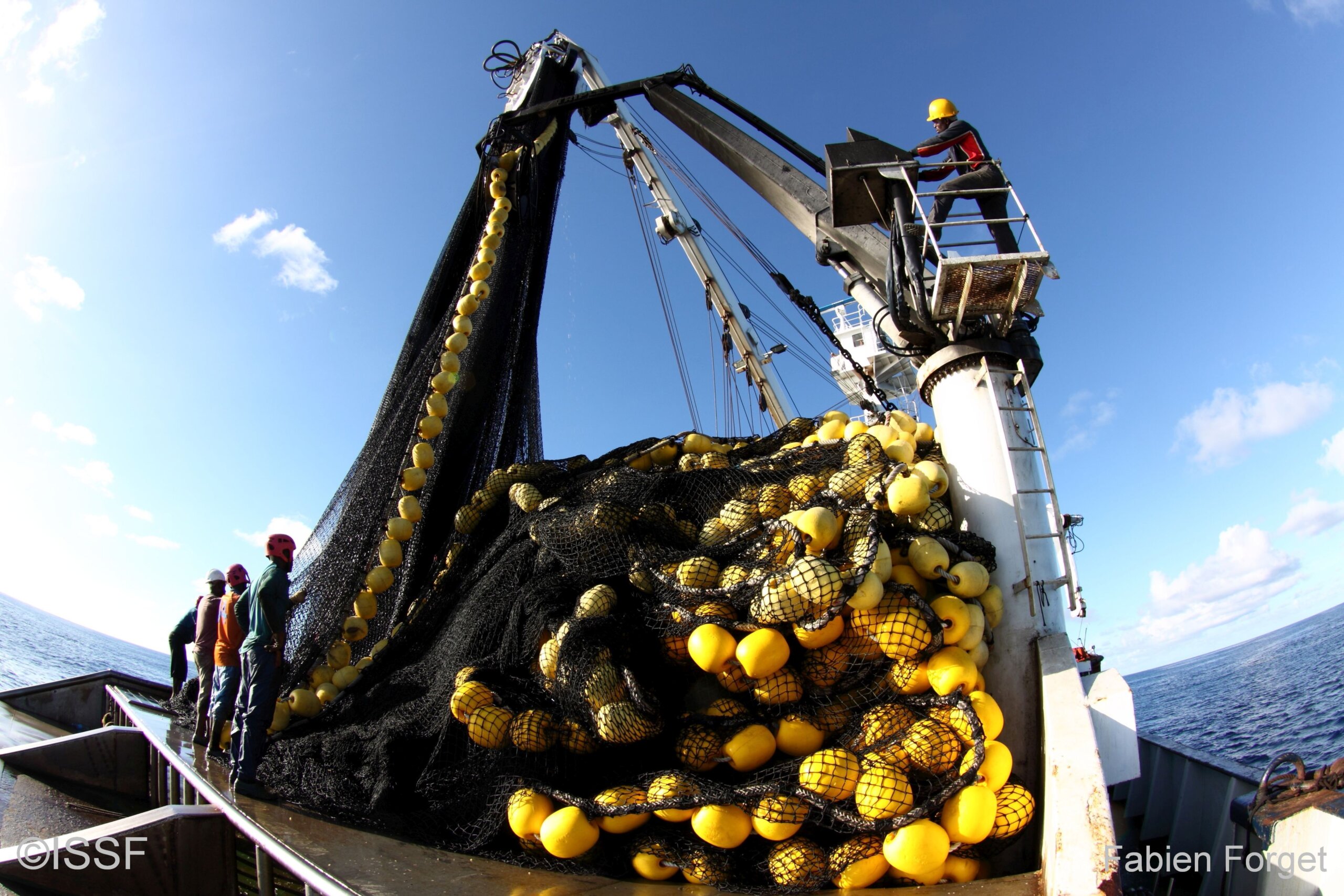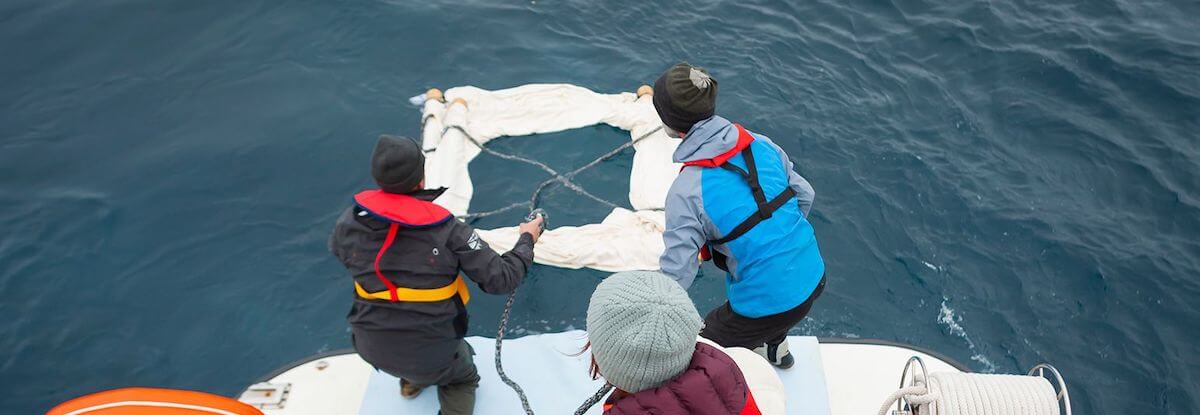4.4(c) Transshipment At Sea – Observer Coverage
Conservation Measure 4.4(c)
100%
Full
Conformance
Conformance
At-sea transshipments, if not properly monitored, can complicate the collection of accurate data, the traceability of product and can create a fertile environment for illegal, unreported and unregulated fishing activities.
To further support the implementation of RFMO conservation measures for longline observer coverage and the regulation of at-sea transshipment, the collection of data and the effective monitoring of longline vessels:
- Processors, traders, importers, marketers and others involved in the seafood industry shall conduct transactions with longline vessels that conduct transshipments at sea, whether high seas, EEZ, territorial seas or archipelagic waters, only if 100% of such transshipments are observed (either by a human observer on board the longline vessel or onboard the carrier vessel), and if both the longline vessel and receiving/carrier vessel are:
- On the authorized vessel record of the RFMO governing the ocean area in which the tuna was caught, at the time of the fishing trip or transshipment event, so long as the vessels are subject to listing in the RFMO authorized vessel record; and
- Flagged to a member or cooperating non-member of the relevant RFMO (or have applied with the RFMO for such status), or if membership is not possible, flagged to an Invited Expert or another such designation established by the RFMO.
- For the purposes of this measure, a large-scale longline vessel is defined as a vessel that is equal to or greater than 20m length overall (LOA).
RELATED CONSERVATION MEASURES
RELATED CONTENT
-
Conservation Measures
-
Participating Company Audit Protocol
-
Compliance Reports






